Shiba Inus are one of Japan’s most beloved dog breeds, revered not only for their bold spirit and compact size but also for their striking and diverse coat colors. Known for their fox-like features, these dogs carry a certain mystique enhanced by their various colorations. Each color not only adds to the aesthetic appeal of the Shiba Inu but also reflects different aspects of the breed’s personality and heritage. From the deep, autumnal reds to the striking contrasts of the sesame, each hue has its own story and appeal. This article delves into seven stunning color variations of the Shiba Inu, exploring how each enhances the distinct character of this enchanting breed.
1. Red
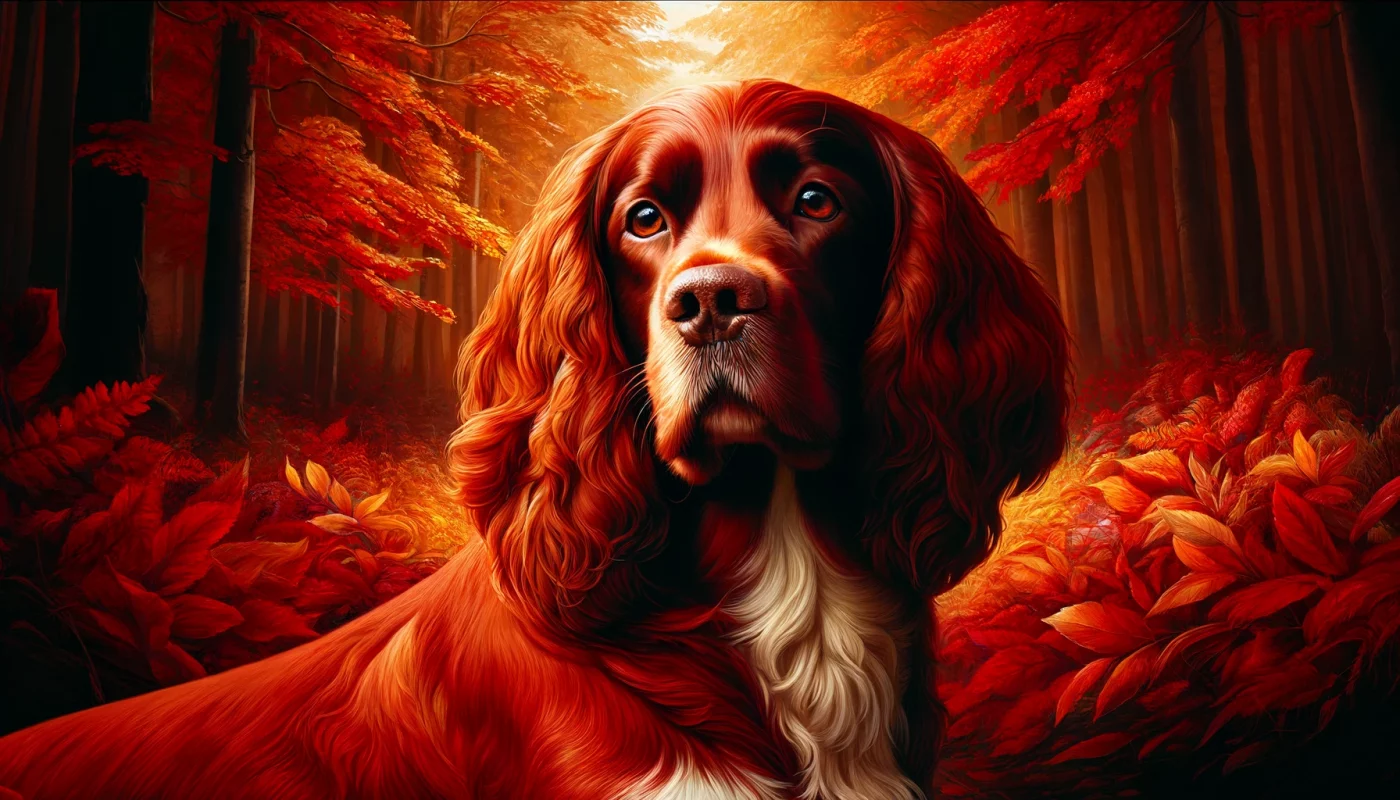
The Red Shiba Inu is the most iconic and prevalent color of this breed. The vibrant red coat is lush and glowing, setting off the white ‘Urajiro’ (cream to white coloring on the cheeks, under the chin, belly, and tail, and inside the legs) which provides a beautiful contrast. This color exemplifies the traditional look of the Shiba Inu, mirroring the fiery leaves of autumn in Japan. Red Shiba Inus are often the image that comes to mind when people think of the breed—alert, with a spirited but loving disposition.
2. Black and Tan

Black and Tan Shiba Inus are striking with their dramatic markings. This variation features a rich black base with distinct tan markings above the eyes, on the sides of the muzzle, on the chest, and beneath the tail. The sharp contrast between the black and tan gives these dogs a regal and bold appearance. Often seen as the most mysterious of the Shiba colors, the Black and Tan Shiba carries an air of sophistication and an almost cat-like personality—aloof, yet affectionate with their chosen people.
3. Sesame
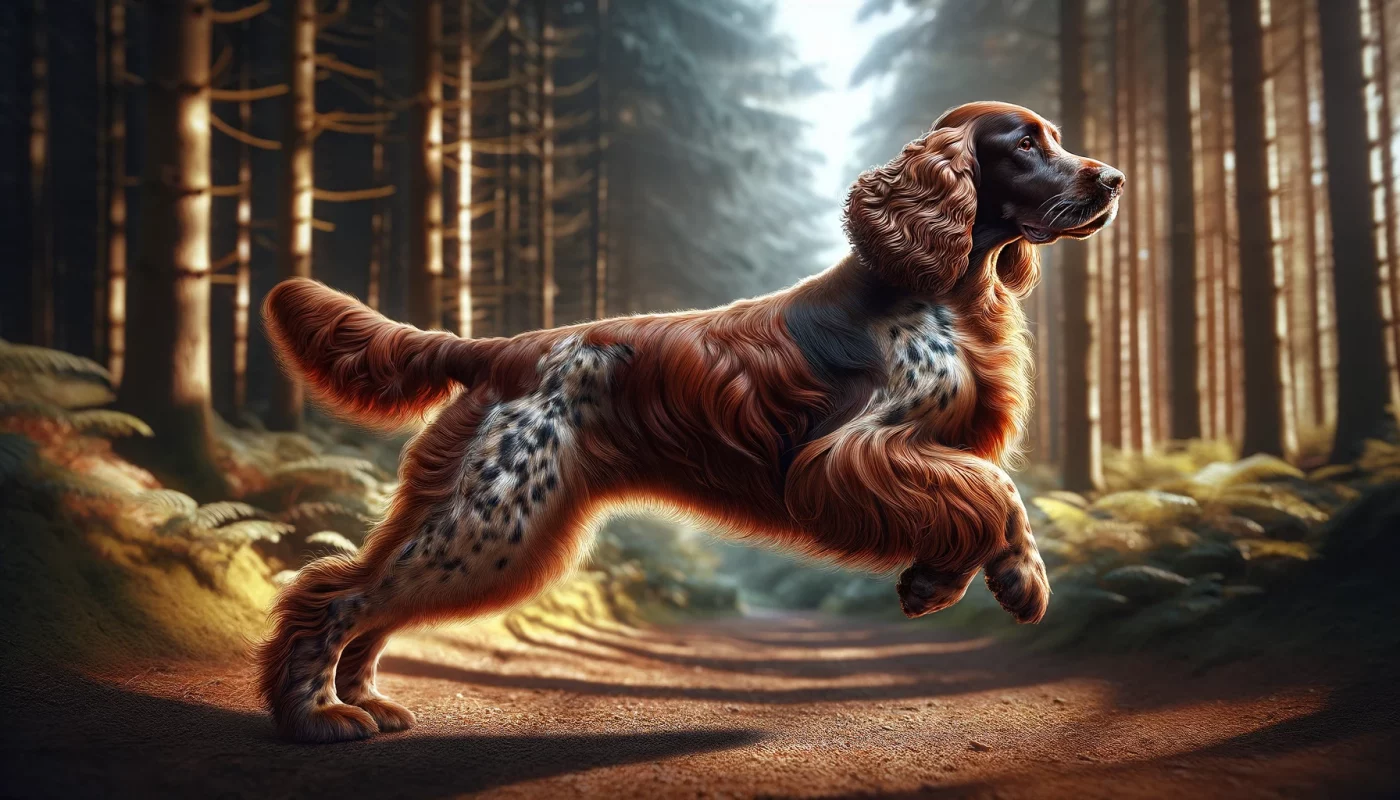
Sesame Shiba Inus are characterized by black-tipped hairs on a rich red background, which creates a subtle yet complex pattern. This variation must have an even distribution of black over the body to be considered true sesame. The unique patterning makes the Sesame Shiba stand out from its counterparts, giving it a wild and natural appearance that harks back to the breed’s origins as a hunting dog in the mountainous regions of Japan.
4. Cream

Cream Shiba Inus are less common and not always favored in the show ring, but they possess a charm that endears them to many. Their coats lack the typical Urajiro pattern seen in other colors, presenting a uniform pale cream color across their body. While this may detract from the contrast desired in show dogs, it gives the Cream Shiba a soft, ethereal quality that appeals to those who prefer a more understated look.
5. Red Sesame

Red Sesame Shiba Inus are similar to Sesame Shibas but with a brighter, more vivid red base color. The red sesame includes the same black-tipped hairs but with a more pronounced red appearance, offering a fiery, almost autumnal look. This variant is rare and captivating, combining the allure of the Red Shiba with the exotic patterning of the Sesame, resulting in a dog that is both eye-catching and elegant.
6. Piebald
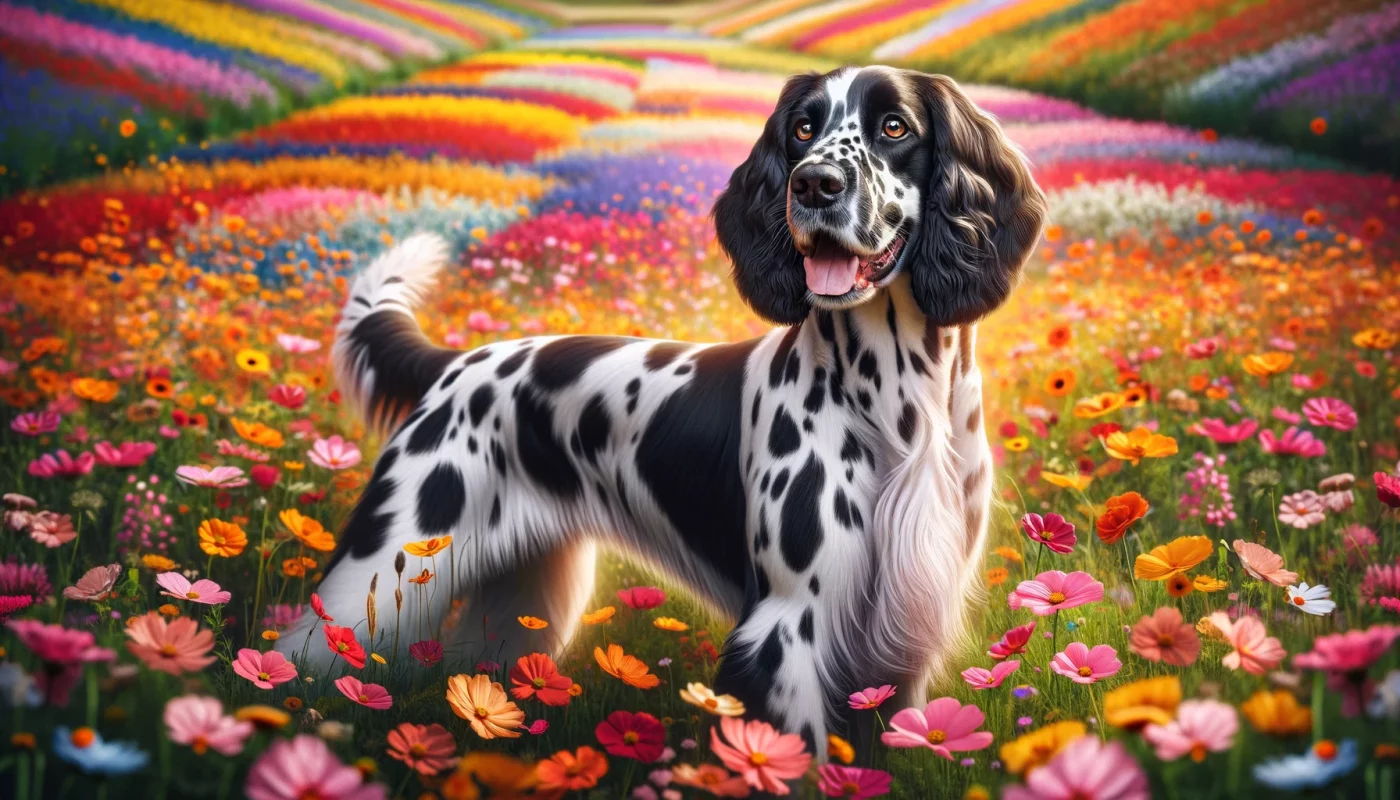
Piebald Shiba Inus are extremely rare and involve a pattern of irregular white patches over the body, disrupting the standard color. This genetic trait is often accompanied by other non-standard features and is not recognized in the show ring for Shibas. However, Piebald Shibas are prized by some for their unique and distinctive appearance, which adds a level of exclusivity to owning one.
7. Grey

Grey Shiba Inus are another unusual variation, presenting a coat that can range from silver to dark charcoal. The Grey Shiba Inu offers an alternative to the more typical warm tones of the breed, providing a sleek, wolf-like appearance. This color variant is intriguing and gives the Shiba a more mysterious and subdued demeanor, which can be a striking contrast to the breed’s normally fiery personality.
In conclusion, Shiba Inus are a breed of remarkable diversity, not only in terms of personality but also in the range of colors their coats can exhibit. From the fiery reds to the unusual greys, each color variation brings out a different facet of the breed’s enduring charm. Whether you prefer the boldness of the Black and Tan or the subtlety of the Cream, each Shiba Inu color has its own beauty and appeal, making this breed a perennial favorite among dog lovers around the world.
Frequently Asked Questions About German Shepherd Colors
1. What are the standard coat colors for Shiba Inus?
Shiba Inus come in four primary coat colors recognized by major kennel clubs: red, black and tan, sesame, and cream. The most common and iconic is the red Shiba Inu, which features a bright and vivid hue with white markings called ‘Urajiro’ on the ventral areas of the dog. Black and tan Shibas have a rich black base with tan markings, and sesame Shibas have red fur with black tips. Cream, the least common accepted color, lacks the Urajiro and is not as favored in show rings but is loved by many for its soft appearance.
2. What is the Urajiro marking on Shiba Inus?
Urajiro refers to the white cream markings on Shiba Inus and is considered a critical breed characteristic. These markings are found on specific parts of the body: the sides of the muzzle, cheeks, under the jaw, neck, chest, stomach, and the underside of the tail. Urajiro also appears on the inside of the legs. This contrasting white marking enhances the main coat color and is a required feature in show-quality Shibas for all colors except cream.
3. Are there any rare colors in Shiba Inus?
Yes, while not recognized by all kennel clubs, colors like grey and pinto (or piebald) can occur in Shiba Inus. These colors are quite rare. Grey Shibas have a coat that can range from a light silver to a dark charcoal. Pinto Shibas feature large, irregular white patches that cover more than a third of the body, deviating significantly from the standard color patterns. These rare colors are typically not accepted in professional show rings but can be found in pet-quality Shibas.
4. Can Shiba Inus have blue or green eyes?
Shiba Inus typically have dark brown eyes, and any other eye color is extremely rare and considered a fault in show rings. Blue or green eyes in a Shiba Inu might suggest mixed breed lineage, as these eye colors are not standard for the breed. The breed standard specifies that the eyes should be dark and almond-shaped, contributing to their keen expression.
5. How does coat color affect a Shiba Inu’s grooming needs?
The grooming needs of Shiba Inus are not significantly affected by their coat color. All Shibas have a double coat with a stiff and straight outer coat and a soft and thick undercoat. They are seasonal shedders and require regular brushing, especially during shedding season, to remove loose fur and maintain coat health. Regardless of color, Shibas need regular grooming to keep their coat in good condition.
6. Do Shiba Inu puppies change color as they grow?
Shiba Inu puppies can change color as they develop. For example, puppies that are born with a black and tan coloration may show a significant lightening of the tan as they mature. Sesame Shibas may also see a development in the distribution of black tips on their fur. Cream puppies may darken slightly as they grow. It’s important for potential owners to understand that the exact adult color can sometimes be different from their puppy coat.
7. What is the genetic basis for Shiba Inu colors?
The coat color of Shiba Inus is determined by their genetic makeup, with specific genes responsible for the different colors and patterns. For instance, the red color is typically dominant over other colors. Black and tan is influenced by a different set of genes that dictate the distribution of black and tan pigments. Sesame, which involves black-tipped hairs over a red base, is the result of complex interactions between multiple genes. Genetics also controls the presence of Urajiro.
8. Can Shiba Inus be multicolored?
While Shiba Inus are generally solid with Urajiro, the sesame Shiba Inu can appear multicolored due to the mix of black-tipped red hairs. True multicolor (such as the pinto pattern) is rare and not recognized in the breed standard for show dogs. Sesame should show a good balance of black and red without any patches of black or white.
9. Is there a link between coat color and health in Shiba Inus?
There is no known link between specific coat colors and health issues in Shiba Inus. However, breeding for color should be done responsibly, as focusing too much on coat color can inadvertently lead to overlooking genetic health concerns. Responsible breeders will prioritize health and temperament over color to ensure the longevity and well-being of the breed.
10. Are certain Shiba Inu colors more expensive?
Yes, some Shiba Inu colors can be more expensive than others due to their rarity and demand. For example, the sesame color, especially a well-balanced sesame, can be rarer and thus might command a higher price. Similarly, cream Shibas, while less favored in the show ring, may be priced differently depending on the breeder and the demand in specific markets. Generally, the cost of a Shiba Inu will depend more on its breeding, health, and lineage than on coat color alone.

 2 weeks ago
16
2 weeks ago
16
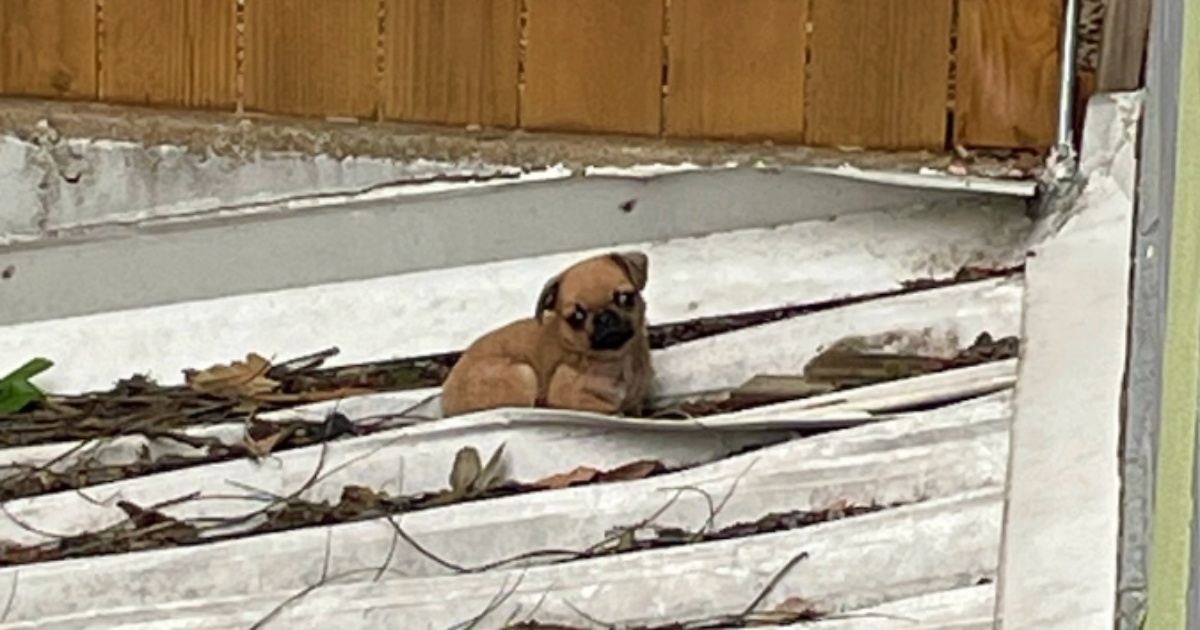
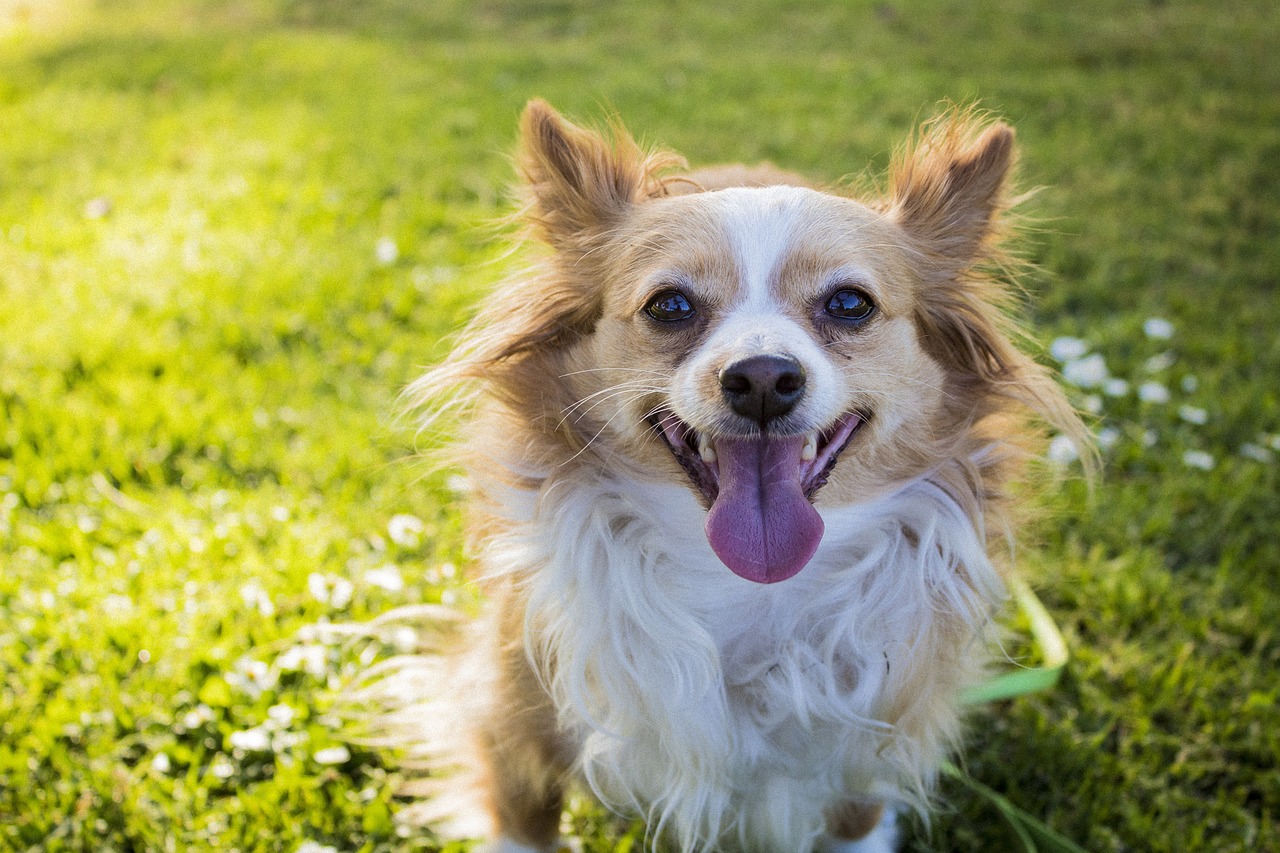
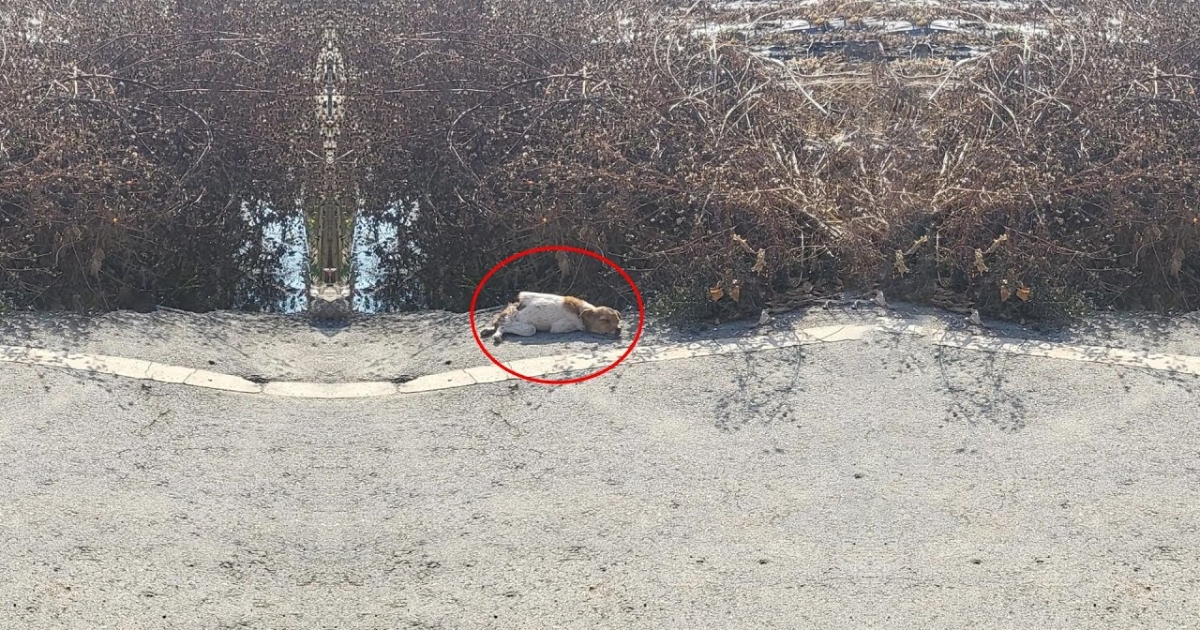
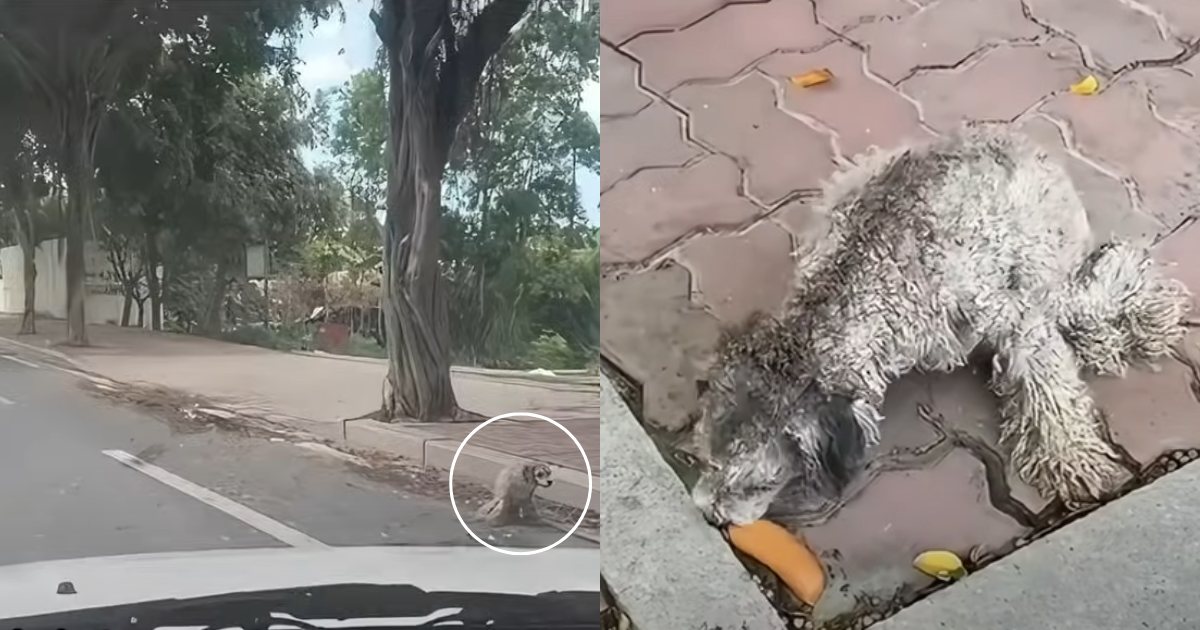

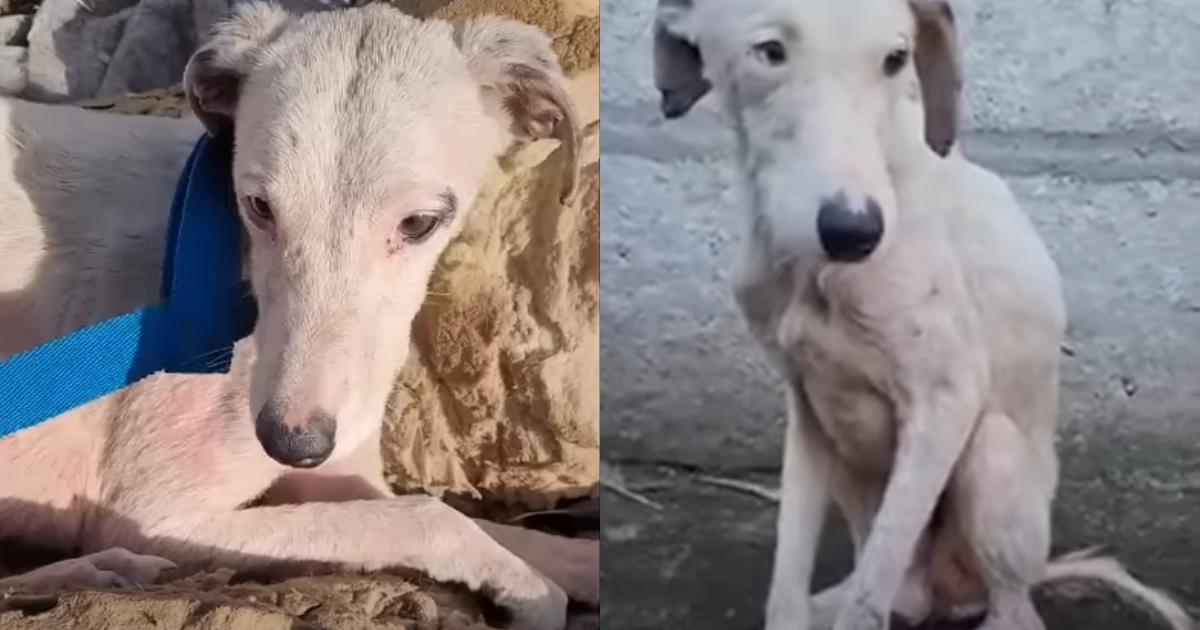
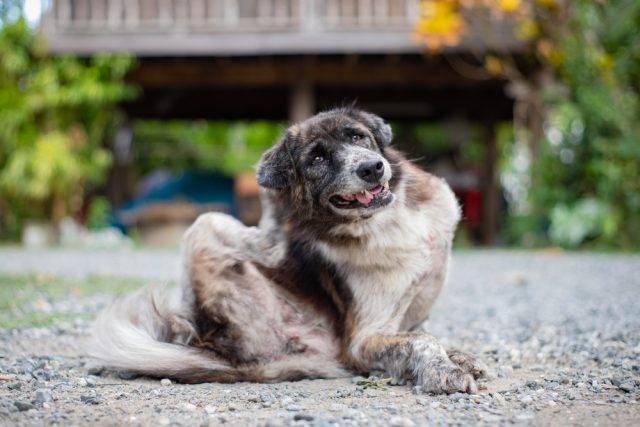
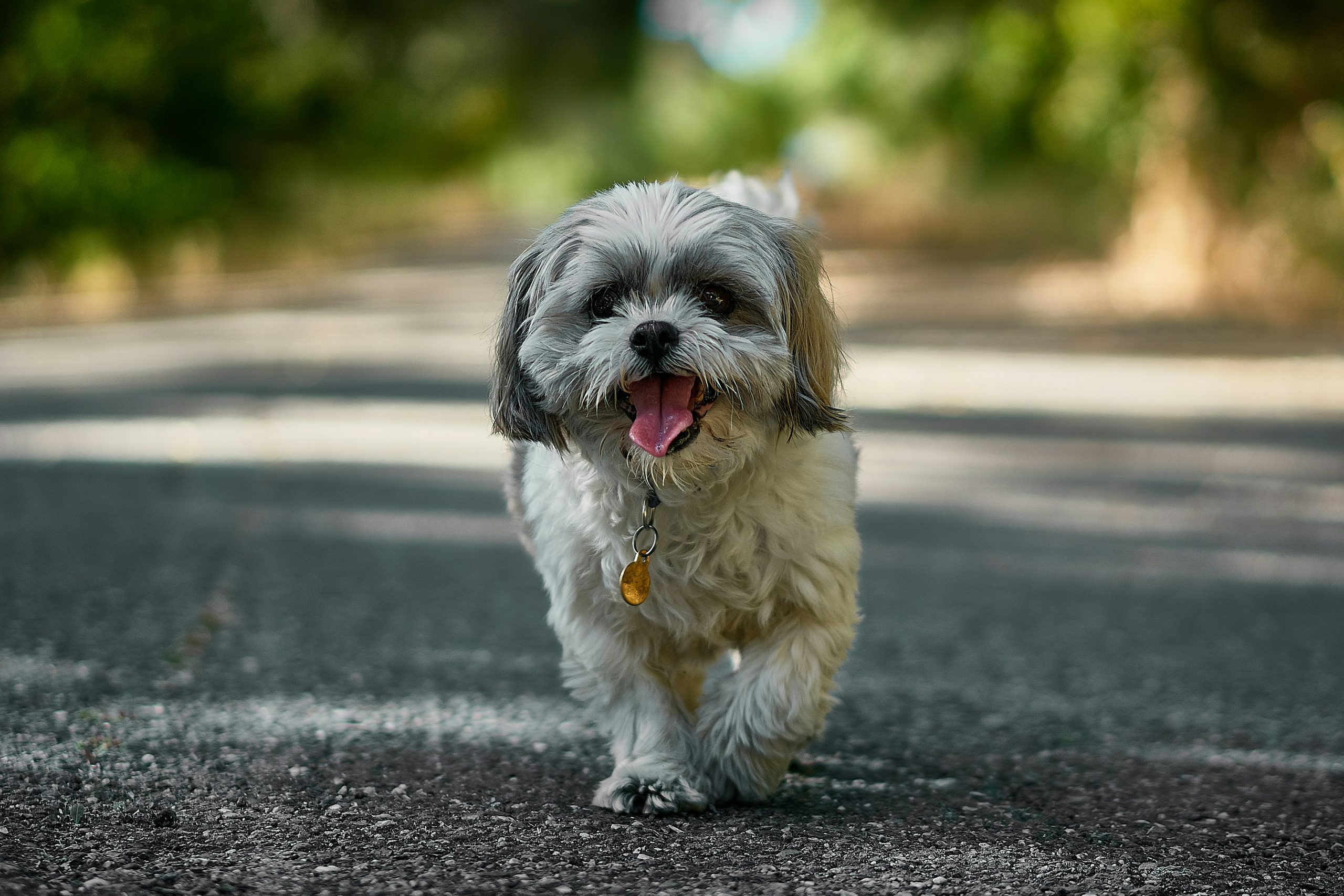
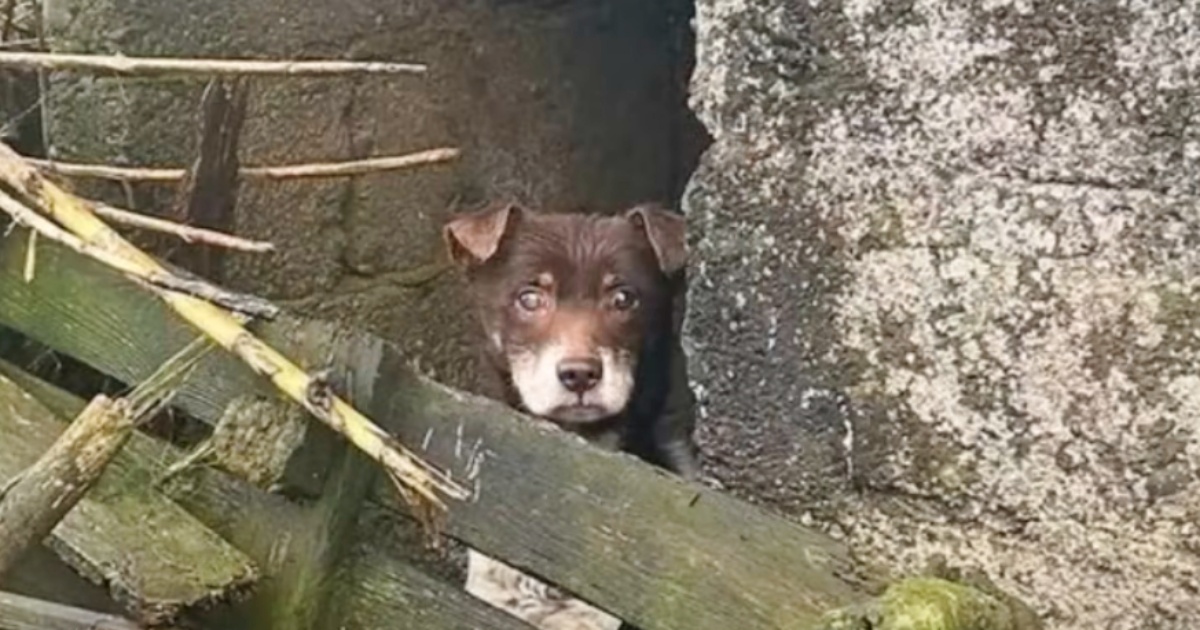
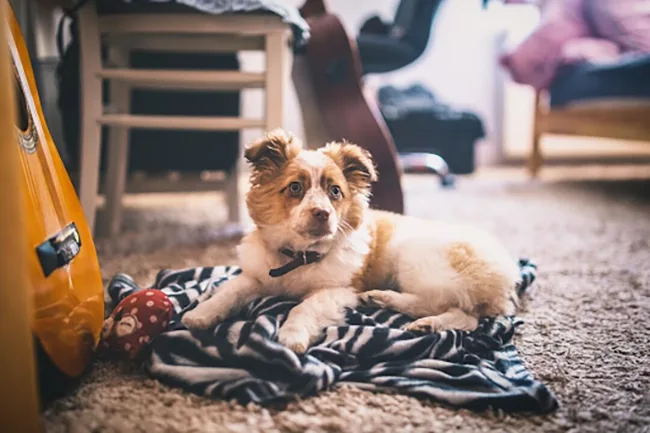
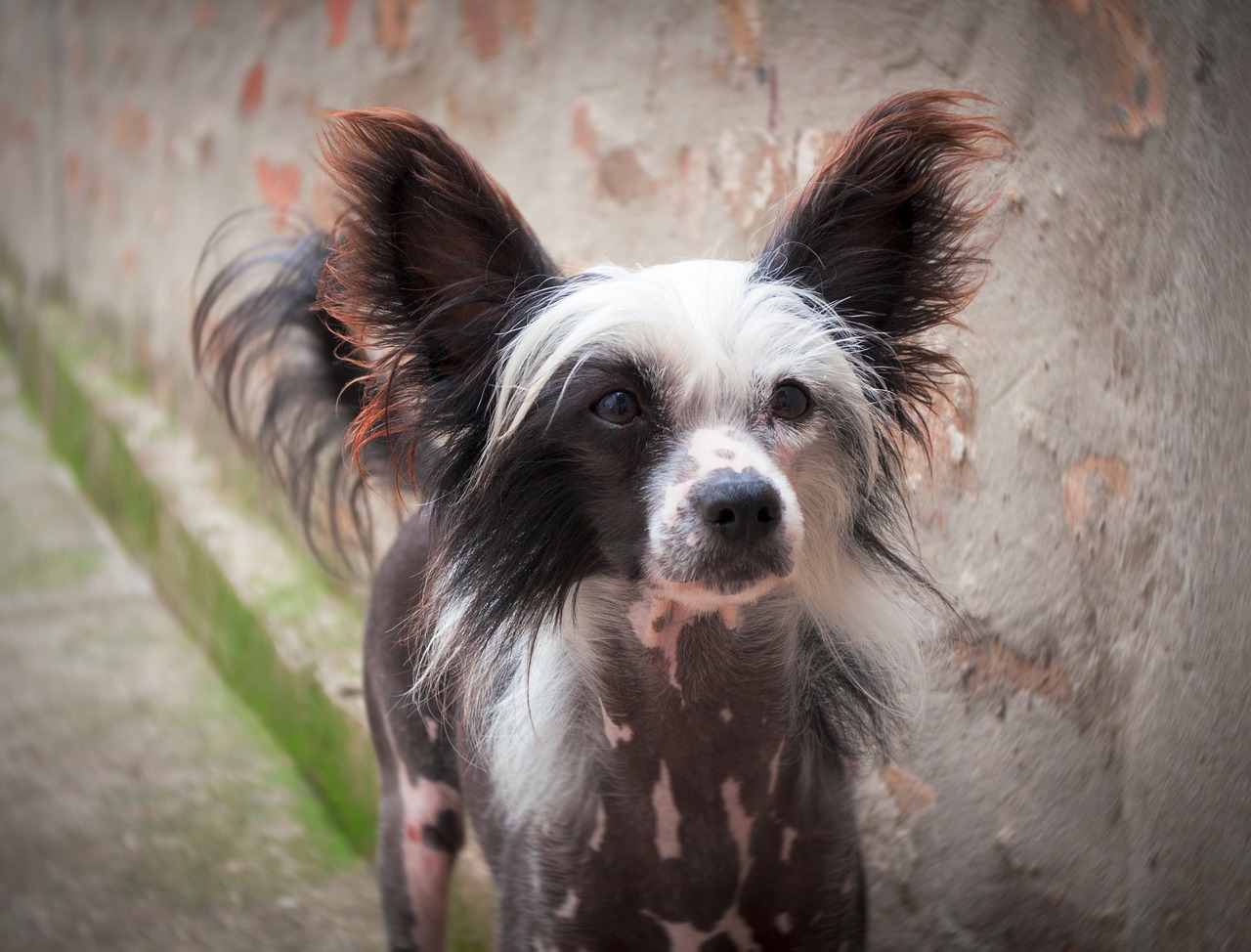


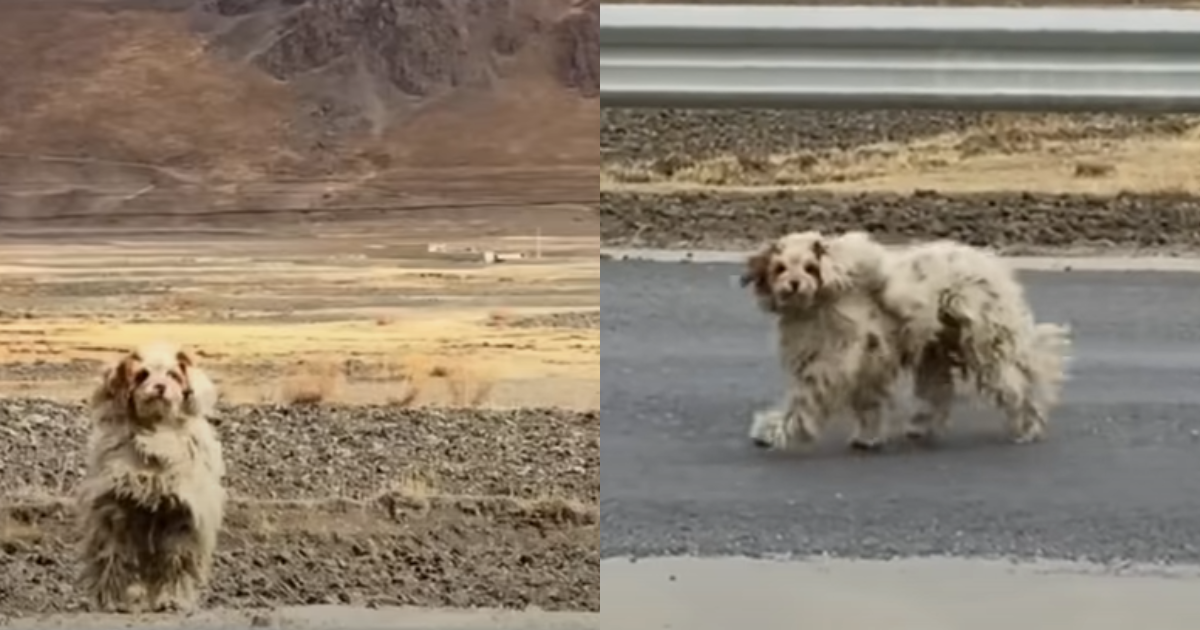

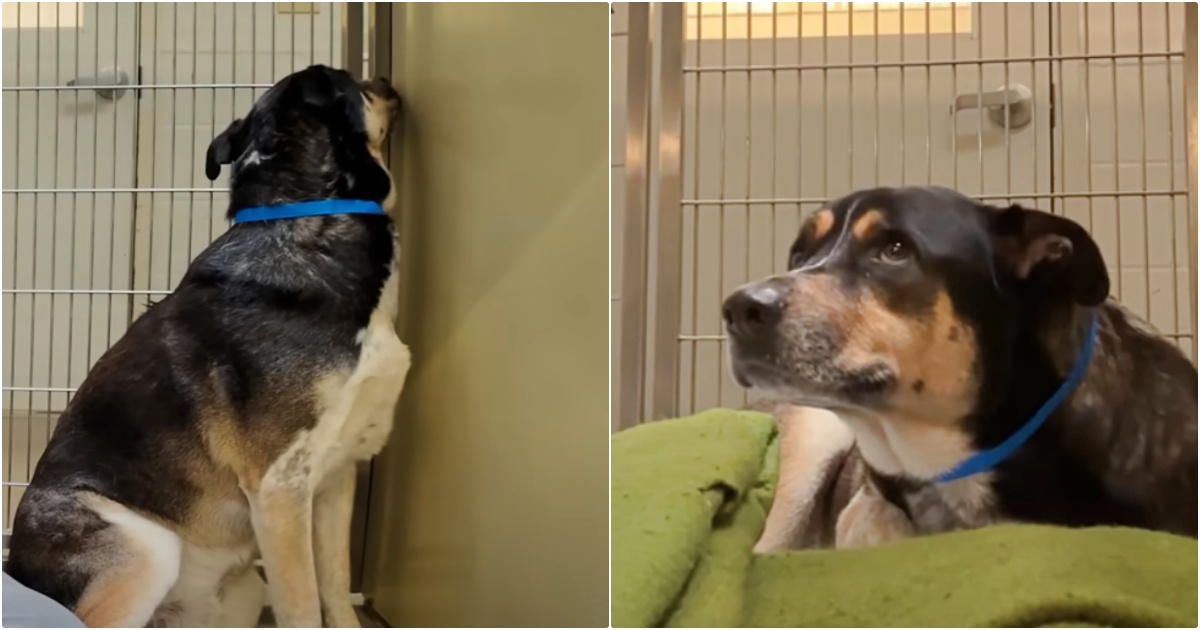
![Cost of a Borzoi Puppy by US Region [2024]](https://iheartdogs.com/wp-content/uploads/2024/04/borzoi-4950553_1280.jpg)
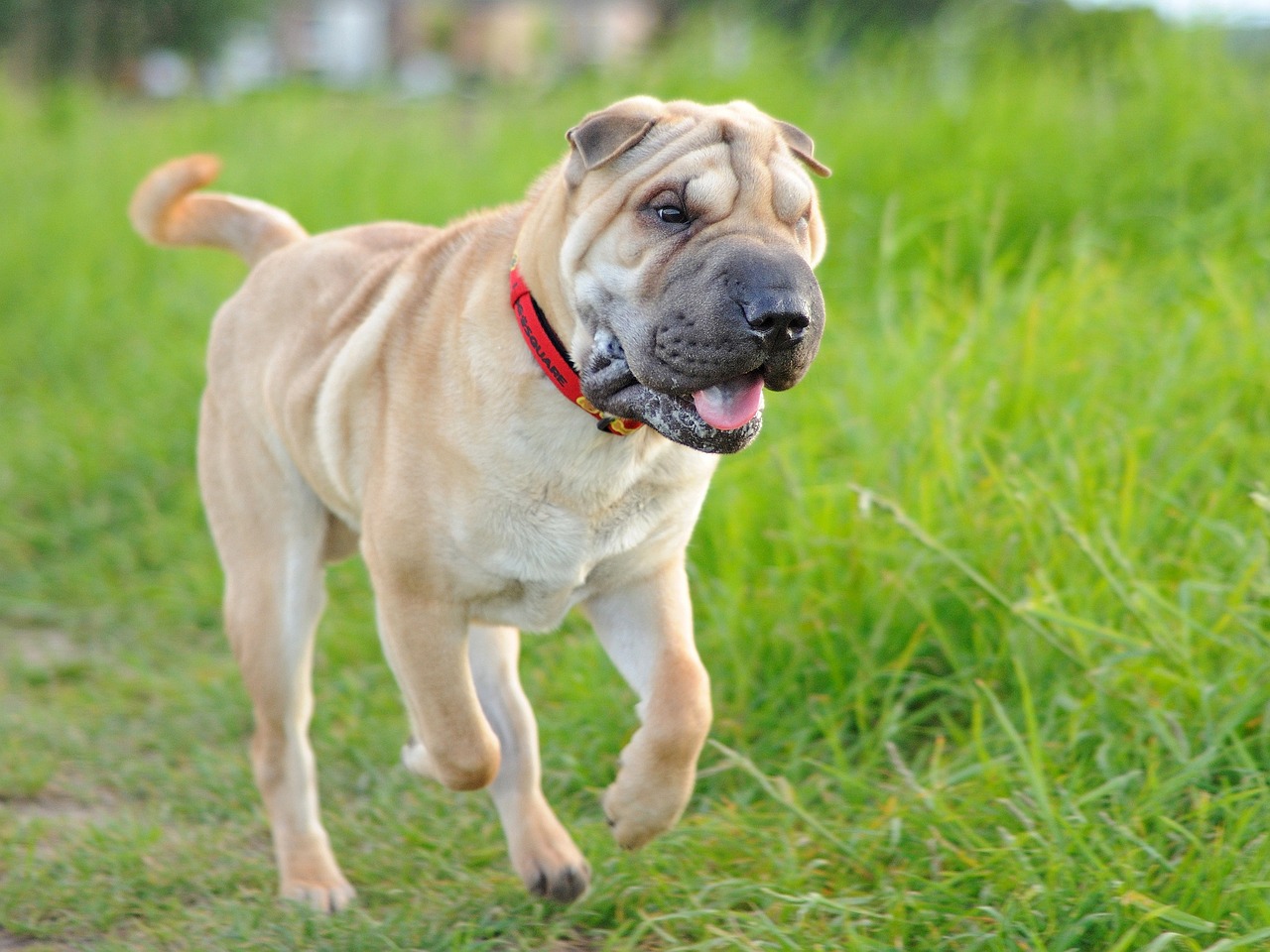
 English (US) ·
English (US) ·